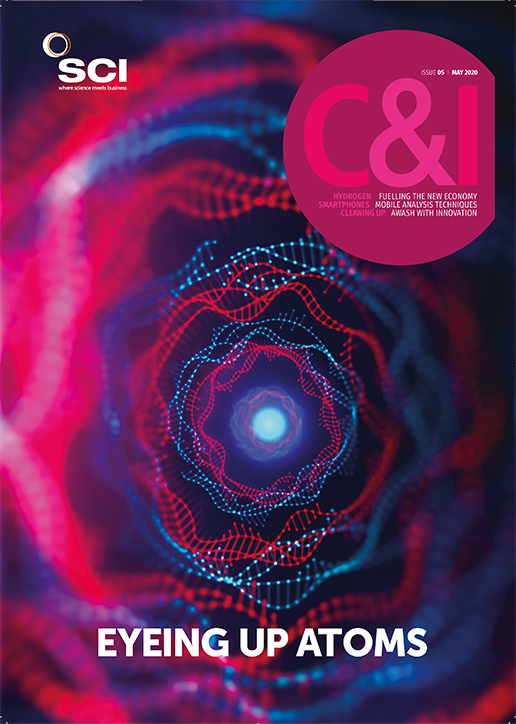More than 100 years ago, telephone inventor Alexander Graham Bell developed strong, yet lightweight kites based on a lattice arrangement of triangular cells and tetrahedra. Fast forward to the present day, and inventors are using similar principles in the fabrication of nanolattice materials – lattice structures composed of nanoscale constituents. Now, researchers from the University of California, Irvine (UCI), US, have designed and produced a new nanometre-sized carbon material that – as a ratio of strength to density – is stronger than diamond (Nature Commun., doi.org/10.1038/s41467-020-15434-2).
Lattices based on intersecting beams have been known for decades and are used in aerospace applications and for impact protection, such as in helmets. The new material uses so called closed-cell plates instead of the cylindrical trusses found in beam nanolattices, however, which makes the lattice even stronger.
‘Take three beams intersecting perpendicularly to make a node. Pushing down on one of the beams only puts pressure on that beam, the other two can’t take on any of the pressure’, says UCI’s Jens Bauer. ‘Plates can be more supportive of one another. Imagine three plates intersecting to form a corner. If you push down in one direction, two plates bear the load. In the beam-based design, one-third of the material is doing the work while in the plate-based design two-thirds of the material is.’
In tests, the plate nanolattice design was found to be up to 639% stronger and 522% more rigid than the average performance of beam-based architectures.
Previous beam-based designs, while interesting, lacked efficient mechanical properties. ‘This new class of plate-nanolattices that we’ve created is dramatically stronger and stiffer than the best beam-nanolattices,’ says Bauer.
The material was prepared using a 3D laser printing technique called two photon polymerisation-direct laser writing (TPP-DLW). An optical microscope focuses a laser beam into a droplet of UV sensitive liquid resin. The resin absorbs the laser light and causes polymerisation when molecules are simultaneously hit by two photons. The structure of the polymeric lattice produced can be varied by scanning the laser or moving the stage in three dimensions. Excess precursor resin is removed through tiny holes in the plates before the polymeric lattices are transformed to carbon by vacuum heat treatment at 900°C.
At present, the TPP-DLW approach can only make small quantities of plate nanolattices, with realistic material volumes of around 1mm3. However, Bauer is optimistic the process may be scaled up to provide commercial quantities. ‘[There] is a continuous effort to increase the TPP-DLW output volume. It is a young technique and over the last decade, output has already increased by several orders of magnitude. We need to find ways to scale-up the volume of material that can be produced through further evolution of additive manufacturing processes or the adoption of self-assembly techniques.’
He envisages that – subject to successful scale-up – the new plate nanolattices could find application in the aerospace industry, micro-electromechanical devices like smartphone sensors, small scale biomedical devices and micro-satellites.





